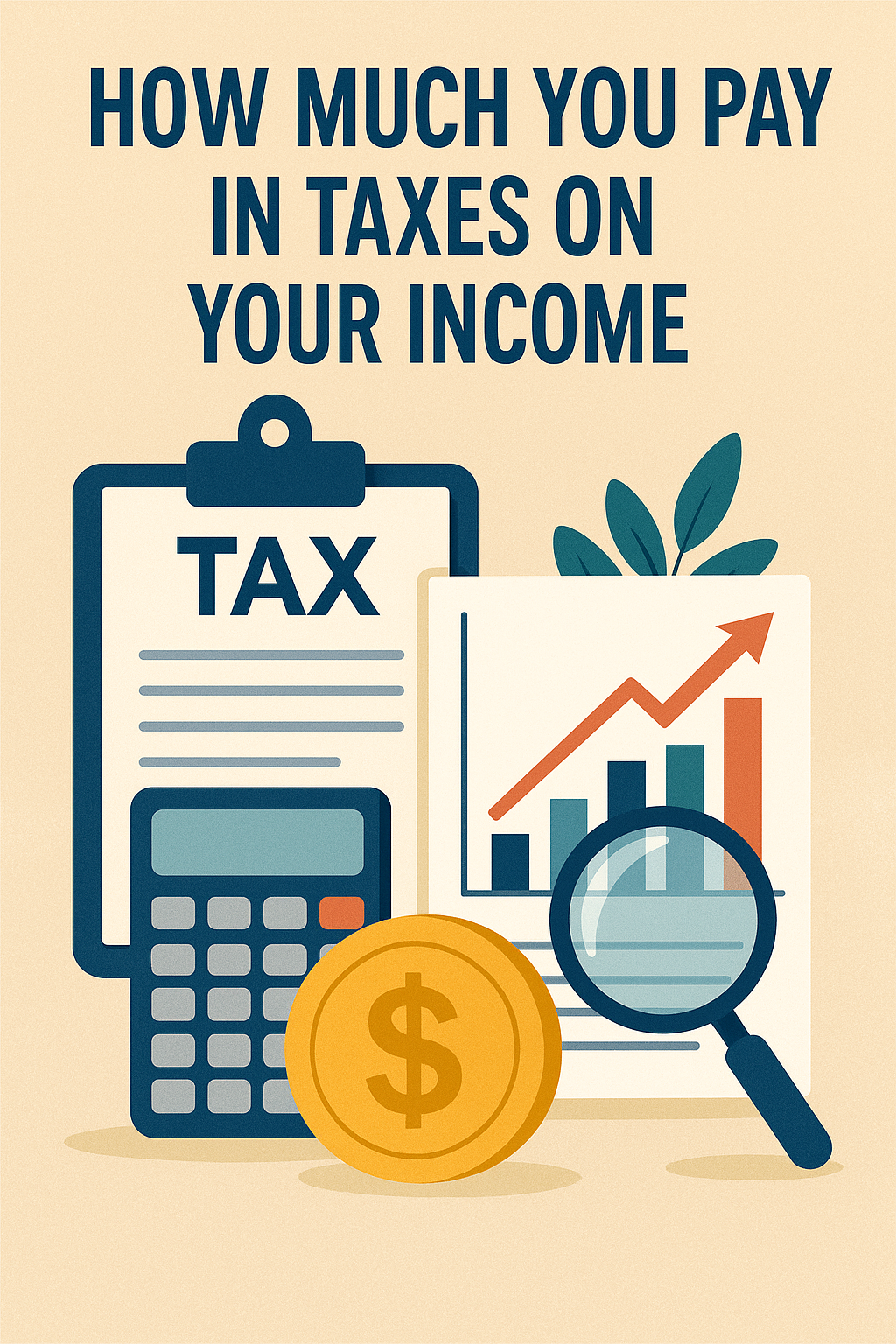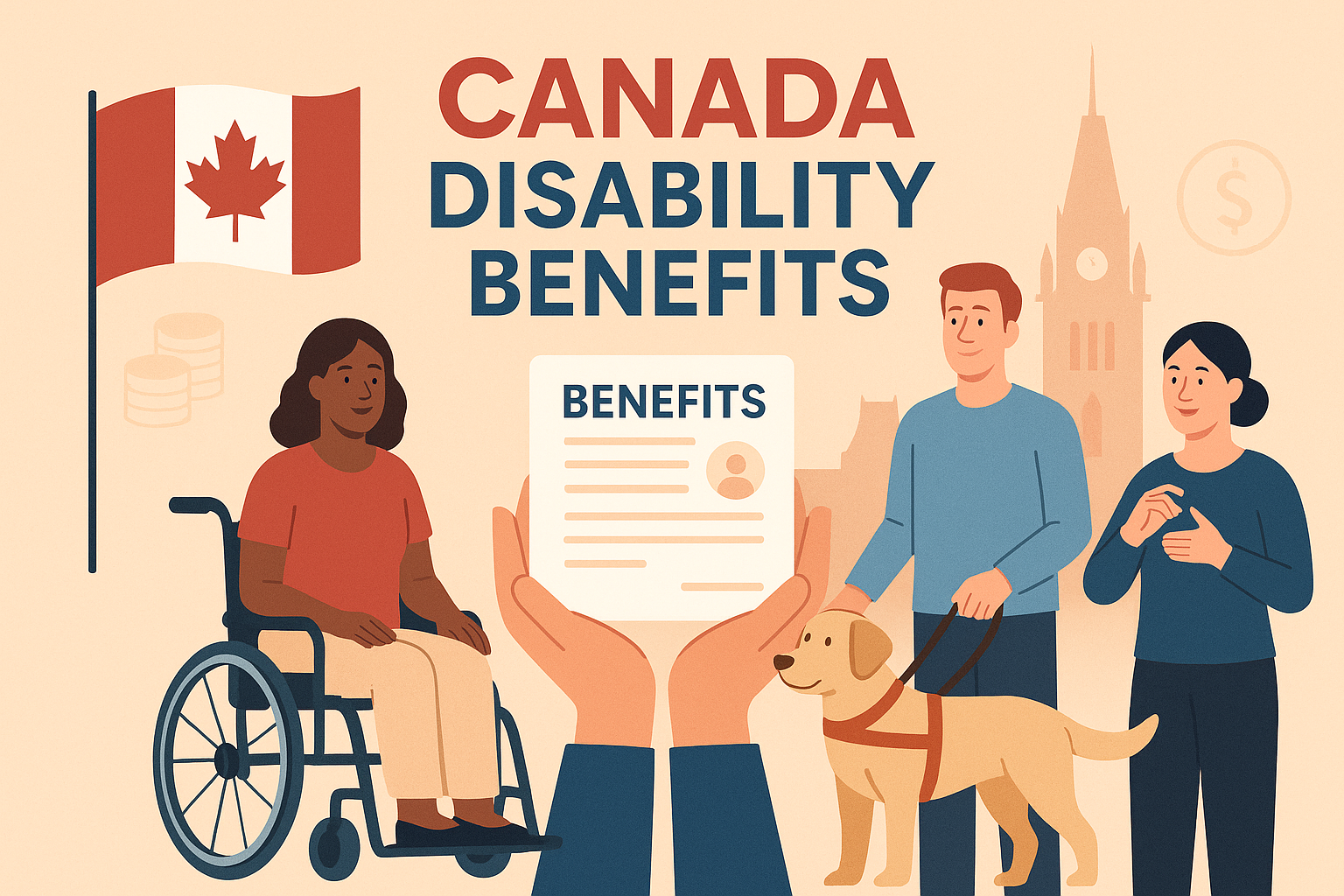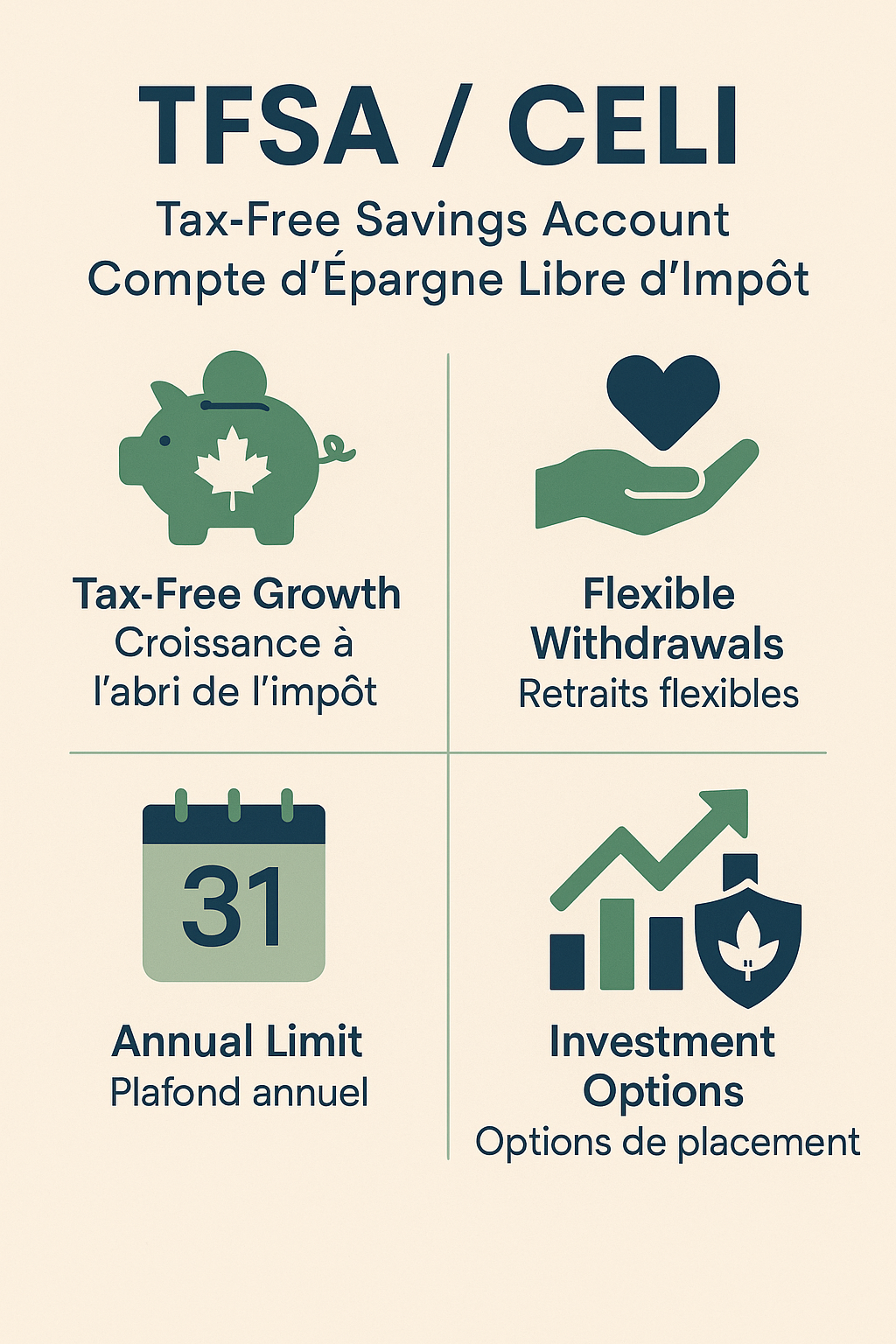Before diving into the intricacies of investing in the stock market, I want to share the story that inspired this article. A few years ago, I had dinner with a longtime friend, Peter, and his son, Purf (names changed to protect their privacy). Peter has been investing since he was 21. Today, Peter is 50 and Purf is 20. Over the years, Peter has worked with various financial advisors and has had mixed results.
During our dinner, Peter shared that achieving an annual return of 6% in the stock market had always been a dream for him. He looked at me and asked, “what can I do to stop merely hoping and start growing my wealth so that Purf can benefit too?”
As you can imagine, I’ve always admired Peter. I congratulated him for doing what many people struggle to achieve: investing consistently throughout most of his adult life. This is a success in itself, regardless of the returns.
There’s a common myth that to succeed in the stock market, you need to: 1) have a career in finance; 2) enjoy reading quarterly reports with fancy graphs; 3) wake up at 3 a.m., sipping your first coffee while monitoring American, Canadian, European and Asian markets across 20 screens, analyzing alpha, beta, and gamma parameters of your investments.
Despite having studied Economics and Statistics, I don’t work in finance. I don’t read quarterly reports, and I’d only wake up at 3 a.m. under duress (and even then, reluctantly). Yet, my long-term returns are better than those of 95% of professional investors.
How is this possible? Over time, I’ve learned to: 1) invest consistently in indexed ETFs; 2) pay very low management fees; 3) never listen to professional forecasters; 4) keep my hands off during market downturns; and 5) sit back and let the market do its work.
This article will focus on indexed ETFs, covering the following topics:
- Investor Profile
- Asset Allocation ETF: Definition, Characteristics, and Types
- How to Invest in the Stock Market
I. Investor Profile
Before diving into the world of investing, it’s crucial to understand your investor profile. This involves evaluating your risk tolerance, financial goals, and investment horizon. Are you a cautious or bold investor? Would a 10% drop in your investment’s value keep you up at night? Should all your savings be invested in the stock market, or should a portion be placed in more secure or predictable investments? Are you investing for retirement in 30 years, or do you need access to your funds in two years, perhaps for a down payment on a house? Understanding your investor profile helps you align your investments with your needs and objectives.
To determine your investor profile, you could consider the following parameters (but not limited to):
- Your financial goals
- Your investment horizon
- Your risk tolerance
- Your knowledge of investment products
Once you’ve established your investor profile, you’ll need to decide whether to invest independently or through a financial advisor. If you choose to invest on your own, I recommend reading the article “How to Invest with Online Investment Platforms?” published recently on this blog. However, if you opt for a financial advisor, make sure to ask the following questions:
- What funds do they plan to invest in on your behalf? Take a few minutes to read about these funds to ensure they align with your investor profile.
- What are the average annual returns of these funds over several years?
- What are the annual management fees charged by the financial advisor?
Once you have answers to these three questions, subtract your financial advisor’s annual management fees from your portfolio annual returnsand compare the result to your country’s annual inflation rate. If the result is lower than inflation, reconsider the chosen funds with your advisor or find a new one.
It’s important to regularly review and reassess your investor profile and investments. Life events such as a new job, job loss, retirement, having a child, or changes in your personal circumstances (e.g., separation, divorce, death) require updating your investor profile and investments.
Avoid being swayed by family, friends, colleagues, or investor groups. Follow a plan that suits your investor profile and invest in what you understand. Even if your neighbor has made miraculous gains investing heavily in cryptocurrencies, these investments may not align with your investor profile.
II. Asset Allocation ETFs: Definition and Characteristics
A. Definition
Investing can seem overwhelming, especially with the myriad of options available in the market. However, understanding the basics of asset allocation ETFs (Exchange-Traded Funds) can simplify your journey towards financial growth. Asset allocation ETFs, also known as “all-in-one ETFs,” cater to various investor profiles, each designed to match different risk tolerances and investment goals. Whether you’re prudent with 20% in stocks, conservative with 40%, balanced with 60%, growth-oriented with 80%, or audacious with 100% in stocks, there’s an asset allocation ETF tailored just for you.
Introduced in Canada in 2019 by firms like BMO, Vanguard, and BlackRock, Asset Allocation ETFs provide a diversified, low-maintenance investment solution that automatically rebalances according to predetermined criteria. Asset Allocation ETFs are composed of underlying ETFs, including both equity and bond ETFs. This structure ensures a balanced mix of assets, mitigating risk while capitalizing on growth opportunities. By encompassing a wide range of securities from various sectors and markets, these ETFs offer broad exposure without the need for constant monitoring or adjustments.
B. Characteristics
Asset allocation ETFs offer a convenient way to invest, providing options suited to various investor profiles. Whether you’re risk-averse or ready to embrace market volatility, there’s an asset allocation ETF that fits your needs.
Investor Profiles and Corresponding Asset Allocation:
- Prudent: 20% in stocks
- Conservative: 40% in stocks
- Balanced: 60% in stocks
- Growth: 80% in stocks
- Bold: 100% in stocks
In other words, a prudent investor would buy an asset allocation ETF that comprises 20% in stocks and 80% in bonds. A bold investor, however, would rely on an all-in-one ETF that contains only stocks.
C. Types of Asset Allocation ETFs:
There are several types of asset allocation ETFs, including passive management, active management, ESG (Environmental, Social, and Governance) criteria, and factor-based approaches. Generally, management fees are lower when there is minimal human intervention, such as in passive or active management, and when the fund criteria are straightforward, like replicating a stock index or selecting funds based on ESG or factor criteria.
- Passively Managed Asset Allocation ETFs: These ETFs replicate the performance of a specific index, requiring minimal human intervention. They are designed to follow market trends, providing steady growth with lower management fees.
- Actively Managed Asset Allocation ETFs: These ETFs involve active decision-making by portfolio managers aiming to outperform the market. Although they might incur slightly higher fees, they offer potential for higher returns through strategic asset selection.
- ESG Asset Allocation ETFs: These ETFs focus on companies that meet Environmental, Social, and Governance (ESG) criteria. They allow investors to align their portfolios with their values while aiming for competitive returns.
- Factor-Based Asset Allocation ETFs: These ETFs select assets based on specific factors like size, value, or momentum. This approach aims to achieve higher returns by focusing on particular market characteristics.
While management fees for asset allocation ETFs are slightly higher than those for index ETFs, they are significantly lower than the mutual funds often recommended by your bank advisor. This slight increase in cost provides benefits like automatic portfolio rebalancing, ensuring your investments stay aligned with your goals without the need for constant oversight.
III. Passively Managed Asset Allocation ETFs
passively managed asset allocation ETFs are designed to mirror the performance of a specified market index. This replication strategy eliminates the need for active management, thereby significantly reducing management fees. The cost efficiency of these ETFs is one of their most compelling features, offering investors an affordable means to achieve broad market exposure.
The construction of passively managed asset allocation ETFs typically involves a blend of asset classes, such as stocks and bonds, tailored to various risk profiles. For instance, a conservative ETF might consist of 60% bonds and 40% stocks, providing stability with moderate growth potential. Conversely, a more aggressive ETF might allocate 80% to stocks and 20% to bonds, targeting higher returns albeit with increased volatility.
One of the primary advantages of these ETFs is their inherent diversification. By spreading investments across a wide array of securities, they mitigate the risk associated with individual asset performance. This diversification is particularly advantageous during market fluctuations, as it helps to buffer against significant losses.
Moreover, the transparency of passively managed asset allocation ETFs is noteworthy. Investors can easily track the underlying index and comprehend the ETF’s composition and performance. This transparency fosters trust and allows for informed decision-making.
Table 1 presents how the passively managed asset allocation varies depending on the investor’s profile. Some examples of ETFs are also provided.
Table 1 – Allocation of Passively Managed Asset Allocation ETFs in Canada
IV. Actively Managed Asset Allocation ETFs
At the core of actively managed asset allocation ETFs is a strategic investment philosophy where portfolio managers actively select and adjust the weightings of index-based ETFs. This approach leverages the inherent stability and cost-efficiency of passively managed ETFs while providing the flexibility to adapt to market fluctuations. The dynamic adjustment of ETF weightings allows these funds to capitalize on market opportunities and mitigate potential risks.
One of the main advantages of actively managed asset allocation ETFs lies in their responsiveness to changing market conditions. Portfolio managers continuously monitor economic indicators, market trends, and geopolitical events to make informed decisions about asset allocation. This active oversight aims to enhance performance and achieve a more favorable risk-adjusted return compared to a static investment approach.
Moreover, the inclusion of passively managed underlying ETFs ensures that the portfolio remains diversified across various asset classes, sectors, and regions. This diversification helps to spread risk and reduce the impact of volatility on the overall portfolio. By combining the strengths of active management with the broad market exposure provided by passive ETFs, investors can achieve a balanced and resilient investment strategy.
Table 2 presents the actively managed allocation broken down by investor’s profile.
Table 2 – Allocation of Actively Managed Asset Allocation ETFs in Canada
V. ESG managed asset allocation ETFs
In today’s investment landscape, ESG (Environmental, Social, and Governance) managed asset allocation ETFs have gained prominence as a vital tool for investors prioritizing sustainability and ethical considerations. These ETFs not only offer a robust financial strategy but also align with investors’ values by integrating ESG criteria into their investment processes.
ESG managed asset allocation ETFs are meticulously designed to meet stringent environmental, social, and governance standards. These funds are ideal for investors who believe that sustainable development and ethical investing are not merely trends but foundational principles of a resilient financial strategy. By adhering to ESG criteria, these ETFs support companies that are committed to responsible environmental practices, social equity, and robust governance frameworks.
The composition of ESG managed asset allocation ETFs typically includes a diversified mix of assets that are screened for compliance with ESG standards. This screening process ensures that investments are directed towards companies demonstrating leadership in sustainability, ethical practices, and transparent governance. Such companies are often better positioned to manage risks and capitalize on opportunities arising from global shifts towards sustainability.
One of the key advantages of ESG managed asset allocation ETFs is their ability to offer investors a dual benefit: the potential for financial returns and the satisfaction of contributing to positive societal and environmental outcomes. These ETFs cater to a growing segment of investors who seek to make a positive impact through their investment choices, without compromising on performance.
Table 3 displays the ESG asset allocation in Canada, broken down by the investor’s profile. Some funds are also provided.
Table 3 – ESG Managed Asset Allocation ETFs in Canada
How to Invest in the Stock Market in Canada
To invest in the stock market, you need to open an investment account with an online broker. In Canada, there are currently four online brokers with either no commission fees or low commission fees:
- Wealthsimple (use my exclusive Wealthsimple Trade link and referral code 2TNWEA, you’ll receive a $25 cash bonus after depositing an initial amount of $150).
- Questrade (sign up here* and get a $50 bonus when you use my promo code 655729493467527)
- National Bank Direct Brokerage
- Desjardins Disnat
I will update this list as other credible providers, validated by the country’s competent authorities, enter the market. If you know of any others, please let me know.
Personally, I use Questrade to invest in my children’s RESP and Wealthsimple for my TFSA, RRSP, and non-registered accounts. Mrs. Finance Faded exclusively uses Wealthsimple because she finds it easier. Together, we have a family RESP, two TFSAs, two RRSPs, and a non-registered account. In each of these accounts, we self-invest by exclusively purchasing all-in-one index ETFs.
Conclusion
Passively managed asset allocation ETFs could be the optimal choice for those who prefer a passive, long-term investment strategy. These ETFs are designed to provide diversified exposure across various asset classes while minimizing management fees and the need for active oversight.
For young investors or parents investing for their young children’s future, it is generally advisable to ignore short-term market fluctuations and aim for a portfolio comprising 80% stocks and 20% bonds. This allocation is geared towards maximizing growth potential over the long term. Notable examples of such funds include XGRO from BlackRock, ZGRO from Bank of Montreal, and VGRO from Vanguard.
Conversely, an older investor, who may need to liquidate investments in the near future to fund retirement, might opt for a more balanced portfolio with 60% stocks and 40% bonds. This allocation offers a blend of growth potential and stability, reducing exposure to market volatility while still seeking reasonable returns. Suitable funds for this profile include XBAL from BlackRock, ZBAL from BMO, and VBAL from Vanguard.
Additionally, more conservative versions of these funds are available, with an allocation of 40% stocks and 60% bonds, providing even greater stability for those with lower risk tolerance or shorter investment horizons. Examples of these conservative funds include XCNS, ZCON, and VCNS.
Thanks for reading! You can support my work by buying me a coffee.
Disclaimer: While I strive to provide valuable information, I am not a financial advisor. The content on this page is intended for informational purposes only and should not be taken as financial advice. To choose the financial asset that best fits your individual profile, consult with a professional financial advisor and discuss your specific circumstances.








